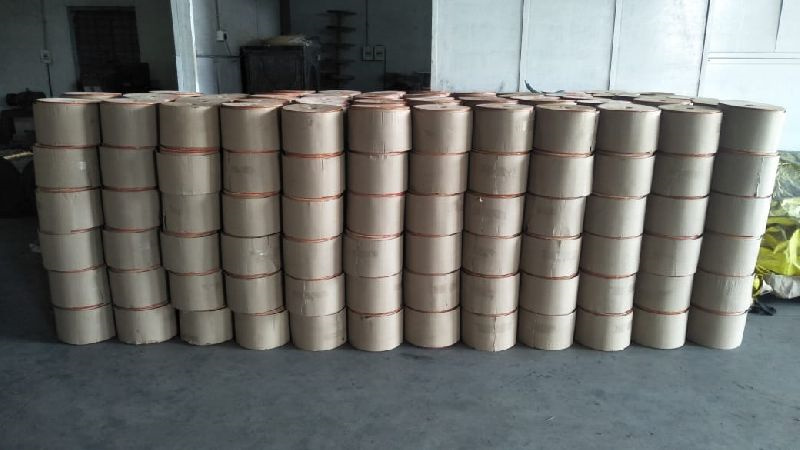When it comes to electrical wiring, the choice of materials plays a vital role in ensuring safety, reliability, and efficiency. Over the years, aluminum has emerged as a popular alternative to copper due to its unique set of properties. Among the various aluminum wiring options available, DPC (Double Paper Covered) aluminum wires stand out as a lightweight and efficient choice. In this blog post, we will explore the features, benefits, and applications of DPC aluminum wires.
What are DPC Aluminum Wires?DPC aluminum wires are electrical conductors that consist of an aluminum core surrounded by two layers of insulating paper. The core is typically made of high-purity aluminum, known for its excellent conductivity and lightweight characteristics. The insulating paper layers provide electrical insulation and mechanical protection, ensuring safety and durability.
 Features and Benefits of DPC Aluminum Wires
Features and Benefits of DPC Aluminum WiresLightweight: One of the key advantages of DPC aluminum wires is their lightweight nature. Compared to copper wires, aluminum weighs significantly less, making it easier to handle during installation and reducing the strain on supporting structures.
High Conductivity: Despite being lighter than copper, aluminum exhibits excellent electrical conductivity. DPC aluminum wires offer efficient current transmission, ensuring minimal power loss and maintaining electrical performance.
Cost-Effective: Aluminum is generally more cost-effective than copper, making DPC aluminum wires a budget-friendly choice. This affordability, combined with their lightweight nature, makes them an attractive option for various electrical applications.
Corrosion Resistance: Aluminum naturally forms a protective oxide layer on its surface, providing inherent corrosion resistance. DPC aluminum wires are designed to withstand environmental factors, ensuring long-term reliability and minimizing maintenance requirements.
Thermal Stability: DPC aluminum wires possess excellent thermal stability, allowing them to handle high operating temperatures without compromising performance or safety. This characteristic makes them suitable for demanding applications that involve heat generation, such as motors and transformers.
Applications of DPC Aluminum WiresElectrical Distribution: DPC aluminum wires are widely used in electrical distribution systems for transmitting power from the source to different points. Their lightweight nature and cost-effectiveness make them suitable for overhead power lines and underground cables.
Motors and Generators: DPC aluminum wires find extensive applications in motors and generators due to their ability to handle high temperatures. They efficiently transmit electrical energy within these devices while contributing to weight reduction and increased overall efficiency.
Transformers: Transformers require effective current transmission and insulation. DPC aluminum wires fulfill these requirements while offering enhanced thermal stability. They are commonly used in transformer windings for efficient power conversion.
Substations: DPC aluminum wires are also used in substation installations, where they facilitate the transmission and distribution of electricity at different voltage levels. Their lightweight nature and cost-effectiveness make them suitable for these critical electrical infrastructure components.
ConclusionDPC aluminum wires provide a lightweight and efficient alternative to traditional copper wiring. With their excellent conductivity, corrosion resistance, and thermal stability, these wires offer numerous benefits across a wide range of electrical applications. Whether it's electrical distribution, motors, transformers, or substations, DPC aluminum wires provide a reliable and cost-effective solution. As technology continues to advance, the use of DPC aluminum wires is expected to increase, driving progress in the electrical industry.
